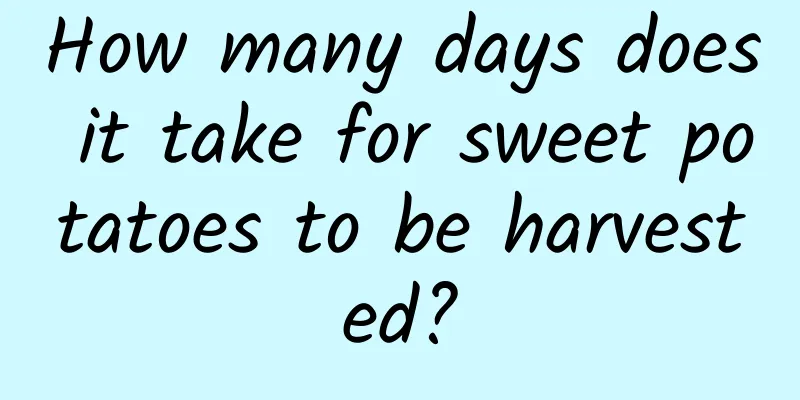Clematis cutting method

Cutting preparationPsychology: Be fully prepared mentally before starting cuttings, and once you start you must take good care of it and persevere. Adult plants: The success of cuttings and their subsequent growth are all related to the mother plant you choose. You should choose healthy and disease-free plants, so that you can save a lot of trouble in maintenance later. Tools: Flower pots, water, soil are all necessary, as well as auxiliary tools such as scissors and bamboo sticks. Cutting branch selectionChoose healthy branches, preferably semi-woody ones. Those that are too tender or too old are not conducive to rooting. Semi-lignification refers to the phenomenon that the new branches of the year will become lignified about 1-2 months after flowering, which is the transition from tender branches to lignified branches. Choose branches with healthy leaves and no diseases or insect pests. Cutting soilSoil is also very important. How can you have healthy branches without a clean and sterile medium ? If you think you can just use the mud from the ground and stick it into the tree and it will survive, this possibility is not great. Commonly used cutting media ( you can refer to it ) : 1. Perlite + vermiculite 1 : 1 ( I use pure vermiculite but I don’t know why the branches are always rotten ) 2. Akadama ( I just used it this year, it’s quite easy to use~ ) 3. Water cutting ( mineral water ) . After choosing the soil, simply insert the branches into the soil. Cutting locationAfter the cuttings are taken, it is essential to find a good location. It should not be too sunny or too shady. You can block the sunlight appropriately. Before the roots take shape, the leaves will definitely wilt if the sunlight is too strong. Place it in a location with scattered light and proper ventilation, and make sure the leaves are moisturized. If the leaves dry up, there is basically no hope for cuttings! Potting after cuttingsThe rooting of Clematis does not mean that it is alive. It is useless if no buds emerge. Once you see many small tender buds appear, you can basically confirm that it is alive and can be planted in a pot. After planting the flowerpot, place the plant in a shaded location, let it grow for a week, then gradually increase the light and wait quietly for the branches to sprout! |
<<: Winter care methods for clematis
Recommend
How to grow azalea in the north (home growing method)
1. Soil Rhododendron grows best in acidic soil wi...
Cultivation methods and precautions of succulent Oplina
The succulent plant Oplina is very easy to grow. ...
When is the best time to plant sugarcane? How and when to plant sugarcane
Sugarcane planting time Sugarcane is usually divi...
How to remedy the problem that azalea leaves are dry and fall off when touched?
Rhododendron , also known as azalea, is a deciduo...
Cultivation methods and precautions of yellow fruit
1. Maintenance methods 1. Soil: Kumquat prefers l...
What to do if the tip of the green bell leaf turns black
The reason why the leaves of Green Bell turn blac...
How to grow Anthurium in winter
1. Temperature For the cold winter, the most impo...
How many kilograms of loofah are usually produced per mu? How much is the profit of planting loofah per mu?
Output of loofah per mu Luffa is a common vegetab...
Planting and cultivation techniques of honeysuckle
Honeysuckle, also known as double flower or honey...
When is the best time to plant Cotinus coggygria? What is the best planting season with high survival rate?
The plant Cotinus coggygria is cold-resistant, dr...
Spring maintenance methods for Clivia
Leave the room at the right time In winter, Clivi...
Can lilac flowers be used to make tea? What are the benefits of lilac flowers in tea?
1. Can it be used to make tea? Lilac flowers are ...
Kiwifruit grafting technology
1. Grafting conditions 1. Temperature Whether the...
Move the flowers in your home to a different position, and your wealth and fortune will be unstoppable!
Chlorophytum pure and peaceful Chlorophytum symbo...
What is mustard greens?
What is mustard greens? Mustard greens are a vege...









